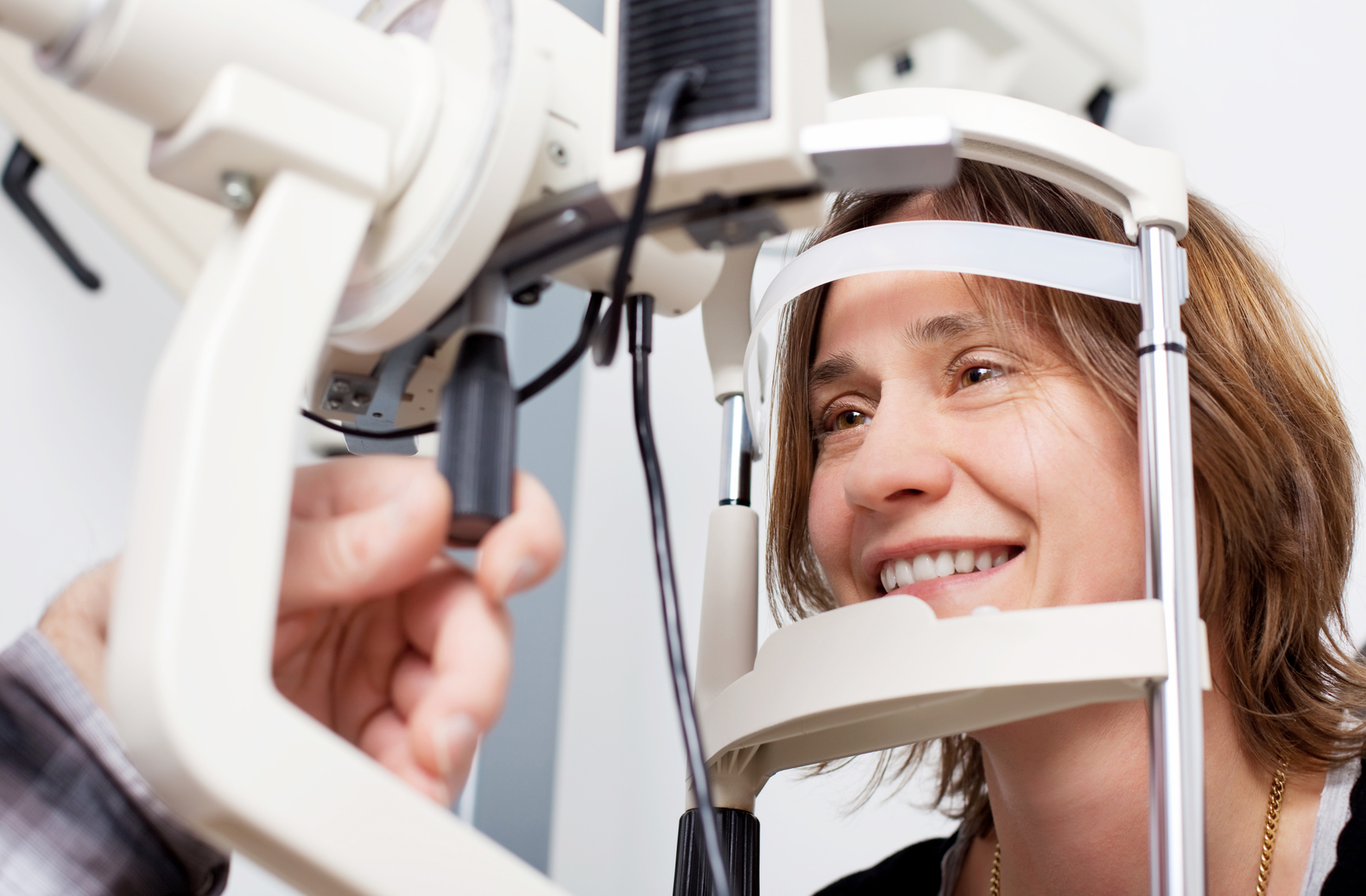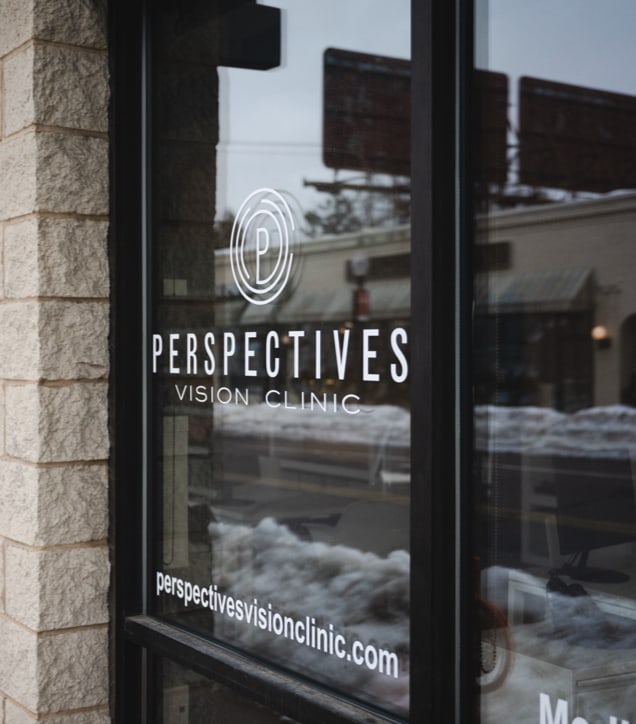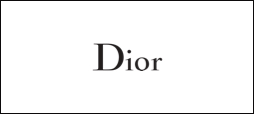Receiving a comprehensive eye examination can illuminate many different eye health problems, even ones you did not suspect that you had. Catching eye diseases and conditions early on through regularly scheduled eye examinations can help in increasing the effectiveness of required treatment methods. If you suspect that you have an eye disease or refractive issue, do not hesitate to book an appointment with one of our optometrists.
1. Refractive Issues
Eye examinations are designed to uncover any refractive issues that you may be experiencing with your eyes. Issues involving incorrect refraction will cause light to converge on a point other than the retina, which will make your vision blurry at certain distances. If you have any refractive issues, your optometrist will give you a prescription for eyeglasses or contact lenses. Some of the refractive issues you can develop are:
- Myopia: This occurs when light converges before it reaches the retina, causing nearsightedness.
- Hyperopia: This occurs when light converges past the retina, causing farsightedness.
- Astigmatism: This condition occurs when your cornea or lens is more ovular in shape rather than spherical and may cause visual distortions and blurriness at all distances due to the incorrect refraction of light.
2. Eye Diseases
Eye examinations can detect eye diseases early on in their development and can lead to proper treatment before the disease becomes a larger issue. One of the most common diseases detected during eye exams is glaucoma. Glaucoma is the result of damage to the optic nerve, which can eventually lead to blind spots developing in your visual field. For reasons that doctors don’t fully understand, this nerve damage is usually related to increased pressure in the eye.
3. Cancer
Certain types of cancer can be discovered during an eye examination. Skin, blood, and tissue cancer can all be recognized by your optometrist when they are examining your eyes. Specifically, different types of skin cancer can be especially apparent when examining the visual qualities and the form of your eyelids or the outer surfaces of your eyes. Conditions like retinal bleeding can also signify that an examinee may have leukemia.

4. Rheumatoid Arthritis
Rheumatoid arthritis is a chronic inflammatory disorder that can affect more than just your joints. For some people, rheumatoid arthritis can damage a wide variety of body systems, including the skin, eyes, lungs, heart, and blood vessels.
Rheumatoid arthritis is an autoimmune disorder that occurs when your immune system mistakenly attacks your own body’s tissues. Unlike the wear-and-tear damage of osteoarthritis, rheumatoid arthritis affects the lining of your joints, which can cause painful swelling that in some cases can eventually result in bone erosion and joint deformity. The resulting inflammation associated with rheumatoid arthritis is what mostly causes damage to your eyes if they are affected.
5. Thyroid Disease
Thyroid disease occurs in the cells of the thyroid, which is a butterfly-shaped gland located at the base of your neck. Your thyroid produces hormones that regulate your heart rate, blood pressure, body temperature, and weight.
Thyroid disease might not cause any serious symptoms at first, but as it grows, it can cause pain and swelling in your neck.
Several different types of thyroid disease exist; Some will develop very slowly while other forms can be very aggressive. Most cases of thyroid cancer can be cured with treatment.
An optometrist can recognize if you have something like hyperthyroidism due to several different signs:
- Protruding eyeballs
- Retracting eyelids
- Other small variations that can be identified while examining the visual qualities of an examinee’s eyes and eyelids
6. High Cholesterol
Cholesterol is a waxy substance that is found in your blood. Your body needs cholesterol to build healthy cells, but high levels of cholesterol can increase your risk of heart disease.
With high cholesterol, you can develop fatty deposits in your blood vessels. Eventually, these deposits will increase in size and make it difficult for enough blood to flow through your arteries. Sometimes, these deposits can break suddenly and form a clot that causes a heart attack or stroke.
High Cholesterol can sometimes be identified during an eye exam due to discoloration of the cornea. If an examinee has a blue or yellow ring around their cornea, or has deposits left in the blood vessels of their retina, it may be an indication that they have high cholesterol. The only way to diagnose high cholesterol for certain is to receive a blood test, but an eye examination can help indicate whether or not a blood test is necessary.
7. Diabetes
Diabetes mellitus refers to a group of diseases that affect how your body uses blood sugar (glucose). Glucose is vital to your health because it’s an important source of energy for the cells that make up your muscles and tissues, and is also your brain’s main source of fuel.
The underlying cause of diabetes will vary by the type of diabetes present. No matter what type of diabetes you have, it can lead to excess sugar in your blood. Excess sugar in your blood is likely to lead to serious health problems.
Those with diabetes may experience diabetic retinopathy, which causes damage to a person’s blood vessels located in their retina. An optometrist will be able to discern if a person is experiencing diabetic retinopathy through an eye examination.










